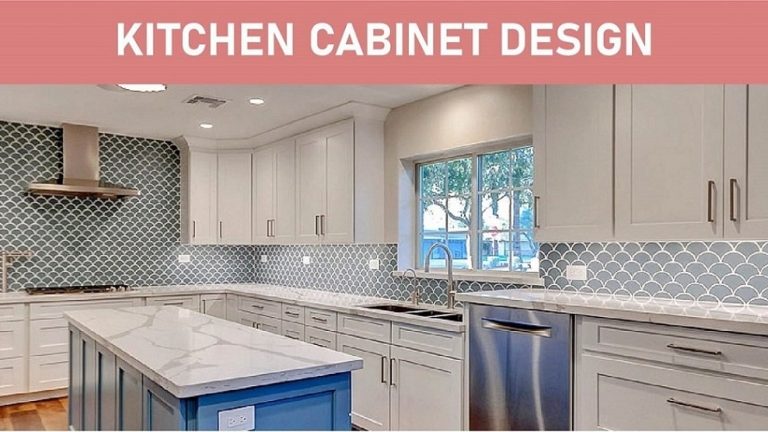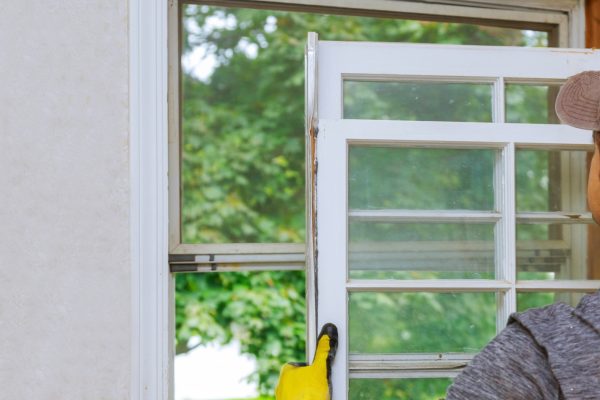Selecting the perfect materials for your kitchen cabinets is crucial for both aesthetic appeal and long-term durability. With a plethora of options available, ranging from traditional woods to modern composites, navigating this decision can be overwhelming. In this guide, we’ll delve into the various kitchen cabinet materials, their unique characteristics, and factors to consider to help you make an informed choice for your dream kitchen.
- Solid Wood:
- Pros: Renowned for its timeless beauty and natural warmth, solid wood cabinets offer unmatched elegance and charm. Varieties like oak, maple, cherry, and walnut provide distinct grain patterns and finishes.
- Cons: Prone to warping and expanding in humid environments, solid wood cabinets require proper maintenance and may come with a higher price tag compared to other materials.
- Plywood:
- Pros: Plywood is a versatile and durable option that offers superior strength and resistance to moisture compared to solid wood. It’s constructed from multiple layers of wood veneers bonded together, resulting in a stable and warp-resistant material.
- Cons: While more affordable than solid wood, plywood may lack the natural beauty and character of solid wood. However, it can be veneered with hardwood to achieve a similar aesthetic.
- Medium Density Fiberboard (MDF):
- Pros: MDF is a budget-friendly option that provides a smooth and uniform surface ideal for painting. It’s highly customizable and resistant to warping, making it a popular choice for modern and contemporary kitchen designs.
- Cons: Unlike solid wood or plywood, MDF is susceptible to moisture damage and may swell or degrade if exposed to water. It’s also less durable than hardwoods and prone to chipping or denting.
- Particleboard:
- Pros: Particleboard is the most affordable option for kitchen cabinets, making it an attractive choice for budget-conscious homeowners. It’s composed of wood particles bonded together with resin and offers a smooth, consistent surface for finishes.
- Cons: While cost-effective, particleboard is less durable than other materials and vulnerable to moisture damage. It’s prone to swelling, sagging, and deterioration over time, especially in high-humidity environments.
- Thermofoil:
- Pros: Thermofoil cabinets consist of a laminate surface applied to engineered wood or MDF substrate. They’re available in a wide range of colors and styles, offering a sleek and modern appearance at an affordable price point.
- Cons: While resistant to moisture and easy to clean, thermofoil cabinets may be prone to peeling or delamination over time, particularly in areas exposed to heat or humidity.
Conclusion: When choosing the best kitchen cabinet materials for your home, consider factors such as budget, aesthetics, durability, and maintenance requirements. Whether you prefer the natural beauty of solid wood, the affordability of particleboard, or the versatility of plywood or MDF, there’s a material to suit every style and budget. By weighing the pros and cons of each option and consulting with a knowledgeable kitchen designer or contractor, you can create a stunning and functional kitchen that reflects your unique taste and lifestyle.

